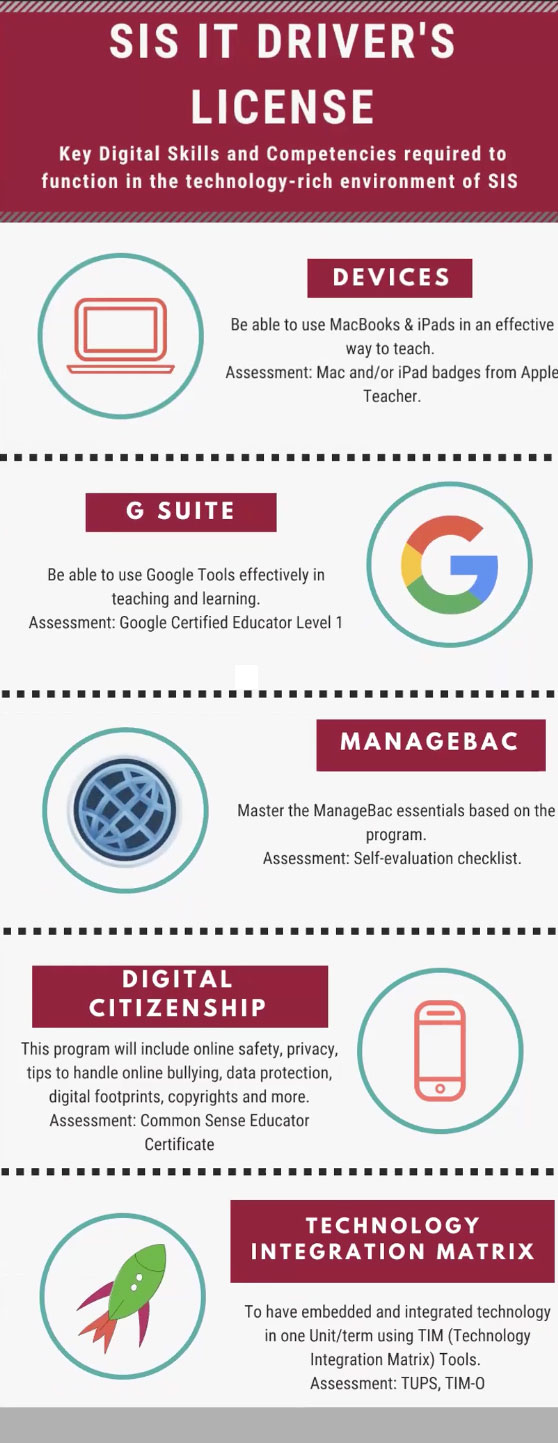
Several presenters at a recent tech conference shared how they were using TIM Tools in their respective schools. Today, I would like to share one aspect of the professional development program implemented at the Stockholm International School as presented by Anurag Choudhary, the school’s Technology Integrator.
Like most leading international schools around the globe, the SIS student population includes a large number of diplomats’ children among the 58 nationalities represented. It is not unusual for students to be in attendance for only a few years before their parents move on to a different country. Also like many international schools, the teaching staff is highly qualified, but prone to be in Anurag’s words, “globetrotters,” moving from one school to another in different parts of the world every few years. One of our other presenters at the conference had, in fact, just relocated from an international school in Lima, Peru to a group of schools in Asia.
Given the frequent turnover among SIS’s staff of 148, it was necessary to devise a clear statement of technology competency expectations for their teachers. Rather than just listing all of the expectations in a dry professional development plan document, the Edtech team came up with the idea of an “IT driver’s license.” I love that idea. It makes it clear not only what is expected, but the very title gives the rationale. One immediately thinks of the current situation due to COVID-19 where many teachers with little previous training in using technology for distance learning are somewhat like unlicensed drivers who were not prepared to drive on their own. A “driver’s license” is something most of us remember looking forward to receiving in our teenage years and hence has a positive connotation.

Using insights gained from the administration of their first Technology Uses and Perceptions Survey (TUPS), five key competencies were identified as necessary for teachers to receive their IT Driver’s License.
1. Devices. The teachers are expected to be able to use their hardware effectively in their teaching. The school encourages and pays for their teachers to receive internationally recognized certifications for each component where available—in this case it is Mac and/iPad badges from Apple Teacher.
2. Software. The teachers are expected to be able to effectively use the available software. This requirement is tailored to the specific department. For example, teachers in the Art Department are expected to be proficient in Adobe products. Since the G Suite is used across all departments, the school encourages and pays for all teachers to earn Google Certified Educator Level 1.
3. Learning Management System. Their LMS is ManageBac, which seems to be the system of choice for most international schools. Since there is no ManageBac credential, the teachers complete a self-evaluation checklist.
4. Digital Citizenship. This program includes online safety, privacy, tips to handle online bullying, data protection, digital footprints, copyrights and more. Teachers earn the Common Sense Educator Certificate to meet this component.
5. Technology Integration Matrix. Each teacher is expected to complete the TUPS twice each year and a TIM-R reflection on a lesson at least twice per year, but preferably on one lesson within each unit. The reflections can also be completed at the departmental level during monthly lesson-planning meetings.
Be sure to watch Anurag’s entire presentation, “How did we use TIM Tools to upskill our staff?” Anurag also includes a history of their tech implementation, a description of their “Tech Bar” modeled after the Apple Genius Bar, and their plans for implementing the TIM-C. We appreciate Anurag granting us this look into the professional development practices at a highly-rated school.

Roy Winkelman is a 40+ year veteran teacher of students from every level kindergarten through graduate school. As the former Director of FCIT, he began the Center's focus on providing students with rich content collections from which to build their understanding. When not glued to his keyboard, Dr. Winkelman can usually be found puttering around his tomato garden in Pittsburgh.
